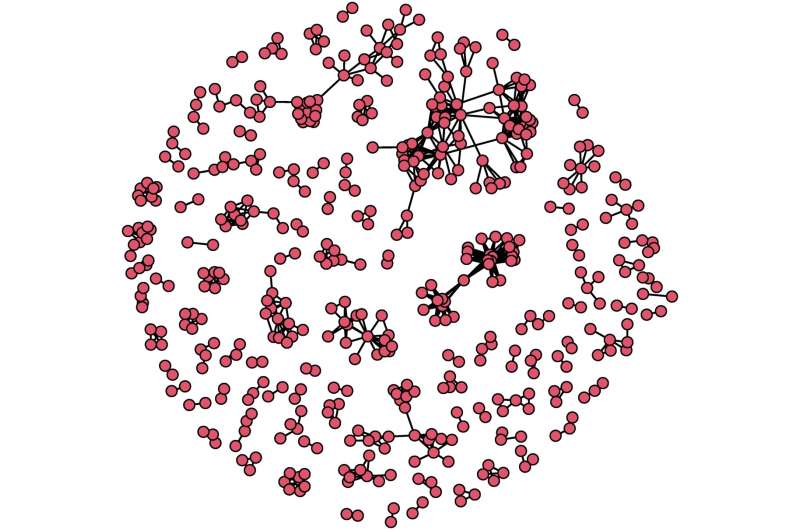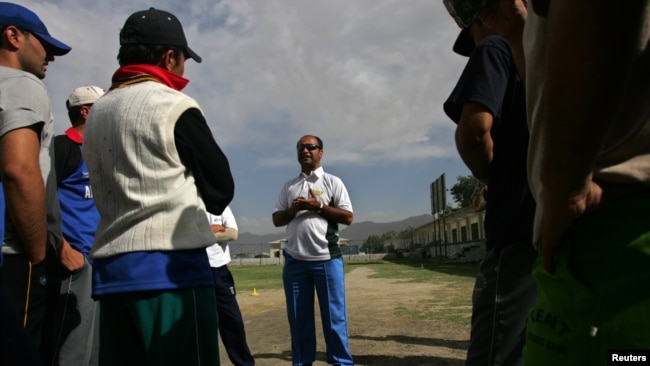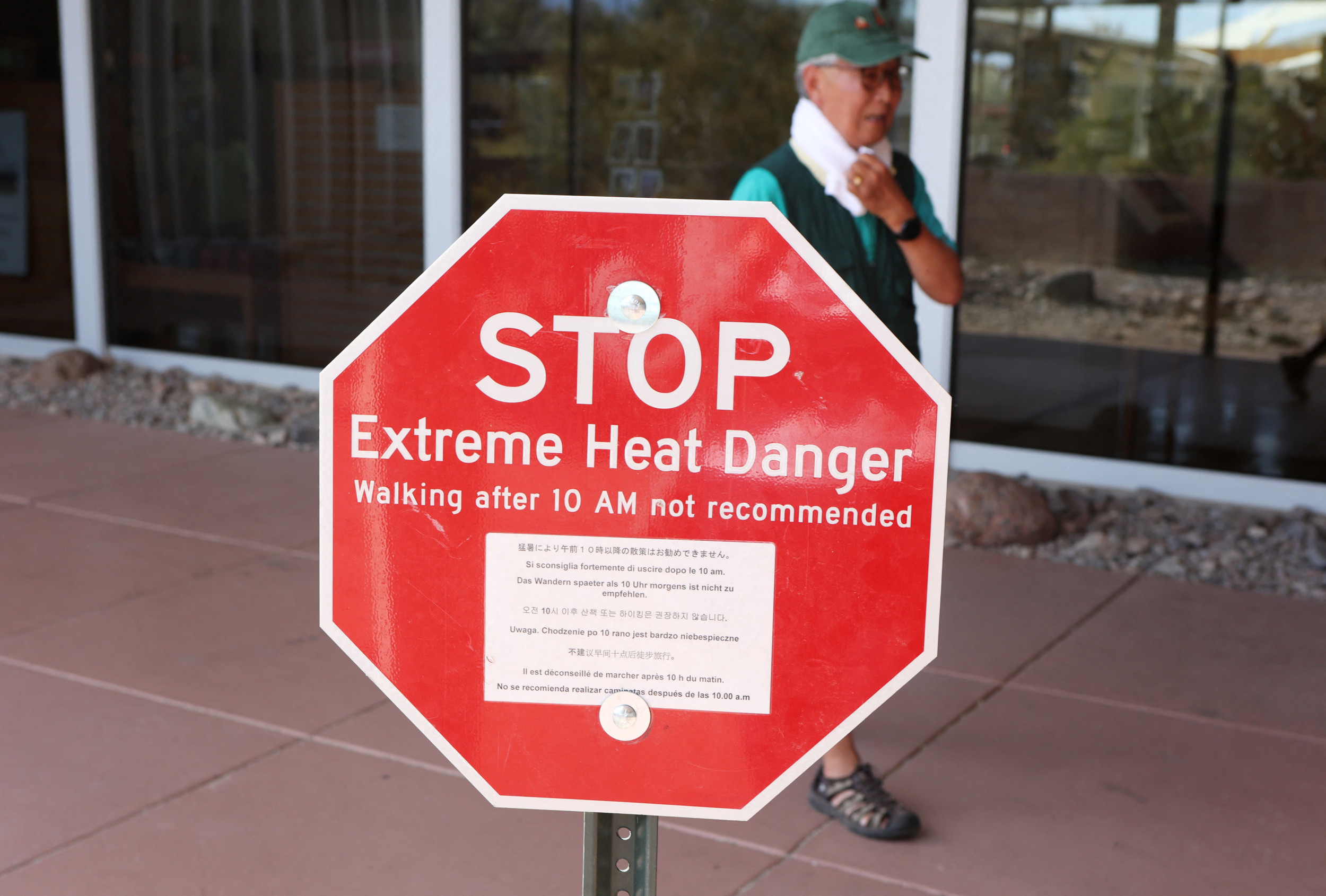Study finds US Islamist extremist co-offenders form close-knit groups driven by mutual contacts, homophily effects

The formation of relationships within violent US Islamist extremist groups is highly driven by mutual contacts and the tendency for people to bond with others similar to themselves, according to new research.
Anina Schwarzenbach, formally of Harvard University and the University of Maryland (currently affiliated with the University of Bern) and Michael Jensen of the University of Maryland present these findings in the open-access journal PLOS ONE on June 5, 2024.
Prior research on social structures within extremist networks has primarily explored outcomes, such as insurgency or conflict, with scant focus on how relationships first arise. The few studies on relationship formation have suggested that, unlike groups that are mostly profit-driven, terrorist groups prioritize trust-based relationships that increase security over those boosting efficiency.
Building on that prior work, Schwarzenbach and Jensen analyzed how trust-based co-offending relationships—relationships between extremists who commit ideologically motivated crimes either together or separately after receiving each other's influence—form within networks of Islamic extremists radicalized within the United States.
They analyzed data from the publicly accessible Social Networks of American Radicals (SoNAR) database, which includes court-record data on relationships between US Islamist offenders.
The researchers first applied algorithms for detecting community structures to SoNAR data, revealing that the US Islamist co-offending network consists mostly of small, separate, close-knit community clusters, with only a few larger communities.
Next, they applied a technique called exponential random graph modeling to SoNAR data to examine the potential roles of homophily—a tendency to bond with similar people—and transitivity—connection through mutual contacts—in the formation of these co-offender relationships.
They found that relationships were shaped by mutual contacts, ideological affiliation, spatial proximity, and shared socio-cultural traits, suggesting that both homophily and transitivity help to drive co-offending relationships among US Islamist extremists.
The authors note several limitations to this work, including that their findings may not be generalizable outside of the US or to other kinds of extremist offenders.
Still, they say, the findings point to several avenues for disrupting terrorist networks and preventing violence, such as the importance of engagement-prevention programs and policing techniques that are informed by the local—as opposed to online— context in which trust-based co-offending relationships typically form.
The authors add, "The results underscore the significance of local connections and personal interaction in the mobilization of extremist activities. They suggest that combating terrorism requires a multifaceted and localized approach, combining efforts in the digital area with traditional police work at a local level."
More information: Extremists of a feather flock together? Community structures, transitivity, and patterns of homophily in the US Islamist co-offending network, PLoS ONE (2024). DOI: 10.1371/journal.pone.0298273
Journal information: PLoS ONE
Provided by Public Library of Science Study of convicted extremists shows open social media platforms play an increasing role in radicalisation







 Mark Zuckerberg, CEO of Meta, testifies before the Senate Judiciary Committee at the Dirksen Senate Office Building on January 31 in Washington, D.C. Meta has been accused of censoring pro-Palestinian content in a new lawsuit.... More ANNA MONEYMAKER/GETTY IMAGES
Mark Zuckerberg, CEO of Meta, testifies before the Senate Judiciary Committee at the Dirksen Senate Office Building on January 31 in Washington, D.C. Meta has been accused of censoring pro-Palestinian content in a new lawsuit.... More ANNA MONEYMAKER/GETTY IMAGES NEWSLETTERThe Bulletin
NEWSLETTERThe Bulletin



